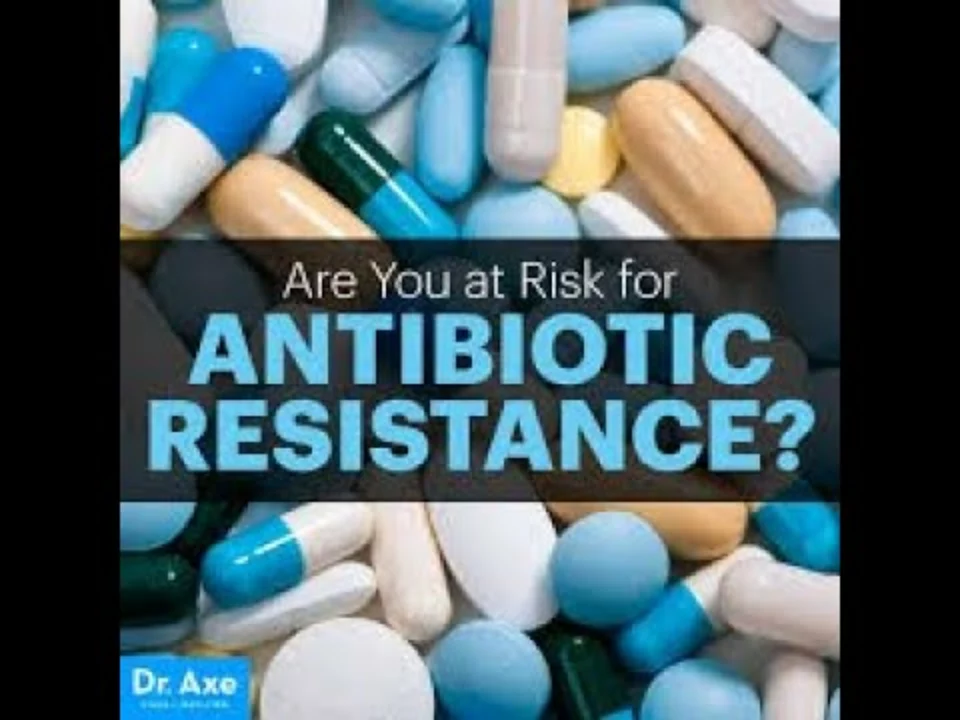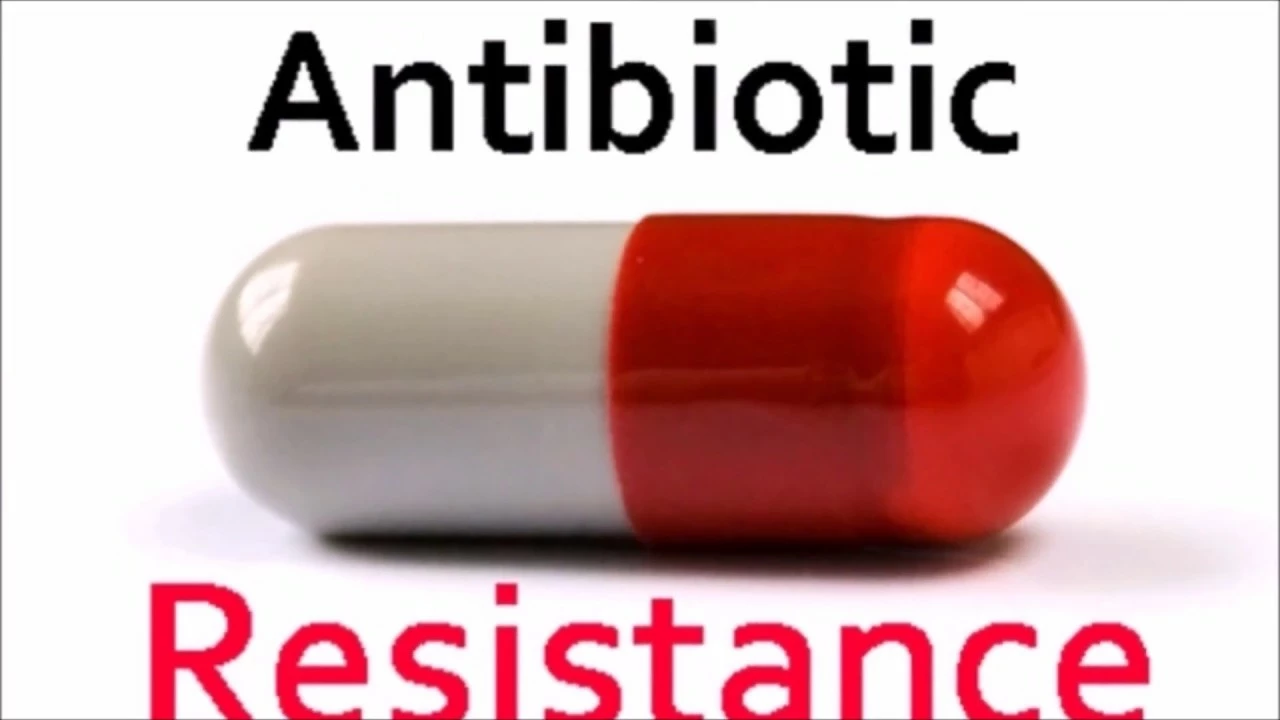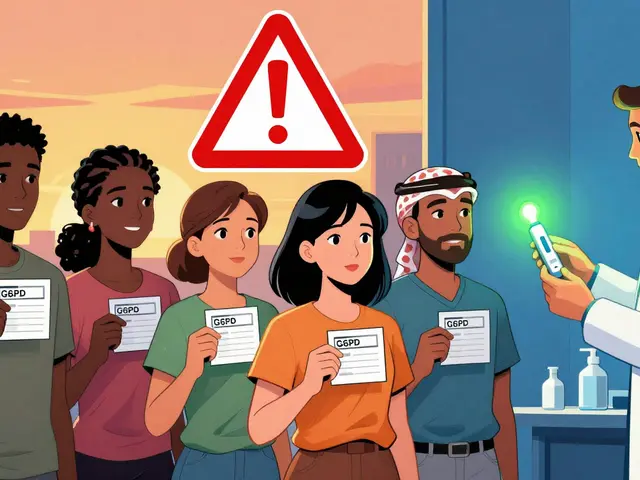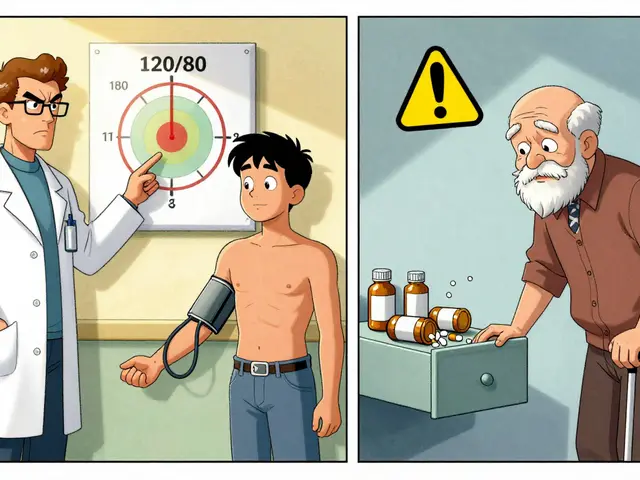Antibiotic resistance: what it is and why you should care
Antibiotic resistance happens when bacteria change so common drugs stop working. That makes routine infections harder to treat and can lead to longer illness, more doctor visits, or stronger drugs with worse side effects. You don’t need to be a scientist to help slow this down—small choices every day matter.
How resistance develops (the short version)
Bacteria are good at adapting. Every time an antibiotic is used, sensitive bacteria die but a few that survive can pass on traits that protect them. Over time, these resistant strains spread. The main drivers are unnecessary antibiotic use, not finishing prescribed courses, and antibiotics in animals and the environment. Hospitals and long-term care settings are hotspots because vulnerable patients and heavy antibiotic use create pressure for resistant bugs to grow.
What you can do right now
Ask questions before taking antibiotics. If you have a cold, flu, or most sore throats, antibiotics usually won’t help because those are caused by viruses. Ask your clinician: “Do I really need antibiotics? What are the risks?” If an antibiotic is prescribed, follow the directions exactly—dose, timing, and duration. Don’t stop early unless your doctor tells you to.
Never share or use leftover antibiotics. Self-medicating with old medicine or someone else’s prescription raises the risk of resistance and can be unsafe for other reasons, like allergies or drug interactions. Dispose of unused antibiotics safely—many pharmacies offer take-back programs or guidance on proper disposal.
Prevent infections so you don’t need antibiotics in the first place. Wash hands often, keep up with vaccines, cook and store food safely, and practice good wound care. When you travel, be cautious with food and water and seek prompt care for infections.
If you have repeated infections (like UTIs), ask about testing and targeted treatment. A urine culture or other lab tests can show which antibiotic will work best, instead of guessing. Our guide on managing recurrent UTIs explains options and how drugs like tamsulosin may help some people: Managing Recurrent UTIs. For info on common antibiotics and safe online prescriptions, see our Augmentin guide: Online Augmentin Prescription.
At the community level, support sensible antibiotic use. That means trusting clinicians who avoid unnecessary prescriptions, supporting policies that limit routine antibiotic use in farming, and backing local programs that track resistance patterns. Hospitals and clinics run stewardship programs—these reduce inappropriate prescriptions and improve patient outcomes.
Antibiotic resistance is a growing problem, but it’s not helpless. Ask smarter questions, use drugs only when needed, follow prescriptions, and take steps to avoid infections. Every careful choice helps keep antibiotics working for you and everyone else.





